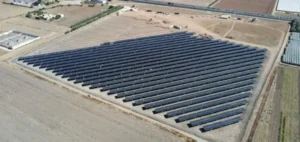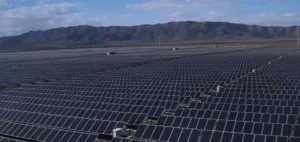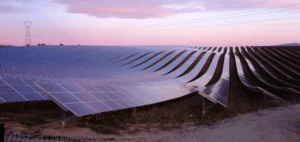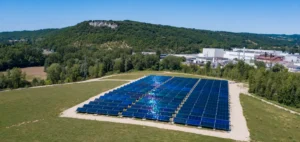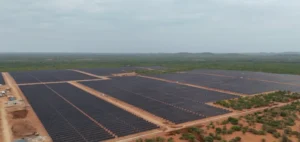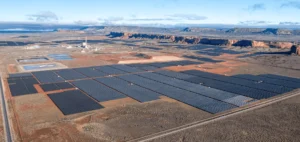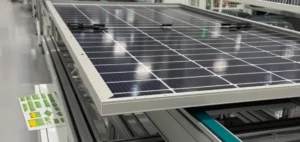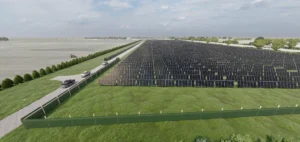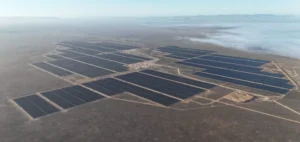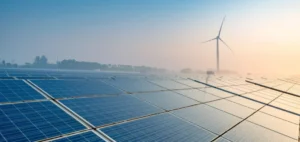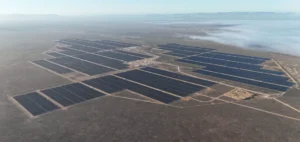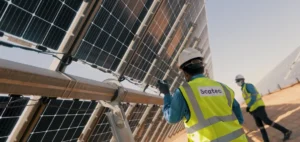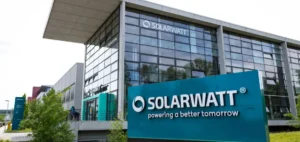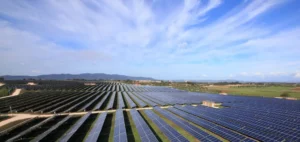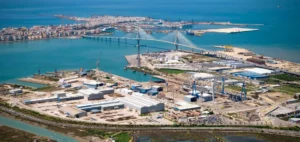Siemens will provide solar inverter stations for several Lightsource bp projects in the United States. This agreement demonstrates leadership in the growth of the U.S. solar industry on a large scale. Lightsource bp recently signed a master volume agreement (VFA) with Siemens to supply solar inverter stations for a series of projects in the Midwest and Southeast United States.
Essential equipment for a solar energy system
Under the agreement, Lightsource bp will use more than 850 MW of Siemens inverters, with an option to add another 200 MW, over the next two years as part of its renewable project development pipeline. For most projects, Siemens will provide central inverter stations rated between 4.3 MW and 4.7 MW, including gas-insulated switchgear, step-up transformers and auxiliary power stations. Siemens factory certified service personnel will provide commissioning and installation support for the projects.
Central inverter stations are essential equipment in a solar energy system. They convert direct current (DC), which is what a solar panel generates, into alternating current (AC), which the power grid uses. Inverters also monitor critical operational data such as power production. Incorporating them into renewable energy projects allows for reliable and efficient delivery of clean energy to consumers, while improving the performance and management of the renewable energy system.
Growth of the US solar sector
“The U.S. solar industry is poised for historic growth, with the Inflation Reduction Act offering fair winds to provide 30% of our country’s electricity by 2030,” said Kevin Smith, CEO of the Americas for Lightsource bp. Since 2019, the Lightsource bp team has commissioned or initiated construction of 3.2 gigawatts of U.S. solar projects in 11 states, with capital costs of nearly $4 billion. Collectively, these projects can generate enough electricity to power 550,000 homes and reduce more than 4 million metric tons of carbon dioxide emissions each year.
By providing solar inverter stations for these projects, Siemens is demonstrating its commitment to the development of renewable energy projects and its leadership in the growth of the large-scale U.S. solar industry.



